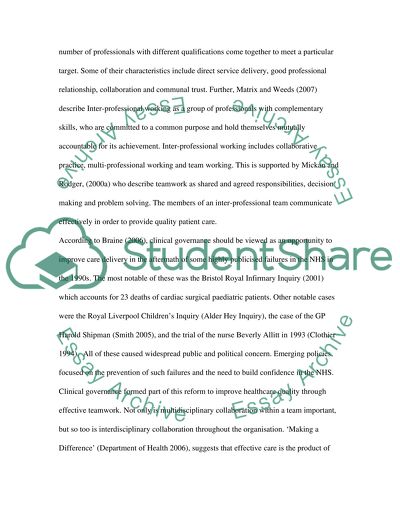Cite this document
(“HOW DOES INTERPROFESSIONAL WORKING IMPACT ON PROFESSIONAL Essay”, n.d.)
Retrieved from https://studentshare.org/miscellaneous/1557536-how-does-interprofessional-working-impact-on-professional-responsibility-and-accountability-in-the-clinical-setting
Retrieved from https://studentshare.org/miscellaneous/1557536-how-does-interprofessional-working-impact-on-professional-responsibility-and-accountability-in-the-clinical-setting
(HOW DOES INTERPROFESSIONAL WORKING IMPACT ON PROFESSIONAL Essay)
https://studentshare.org/miscellaneous/1557536-how-does-interprofessional-working-impact-on-professional-responsibility-and-accountability-in-the-clinical-setting.
https://studentshare.org/miscellaneous/1557536-how-does-interprofessional-working-impact-on-professional-responsibility-and-accountability-in-the-clinical-setting.
“HOW DOES INTERPROFESSIONAL WORKING IMPACT ON PROFESSIONAL Essay”, n.d. https://studentshare.org/miscellaneous/1557536-how-does-interprofessional-working-impact-on-professional-responsibility-and-accountability-in-the-clinical-setting.


